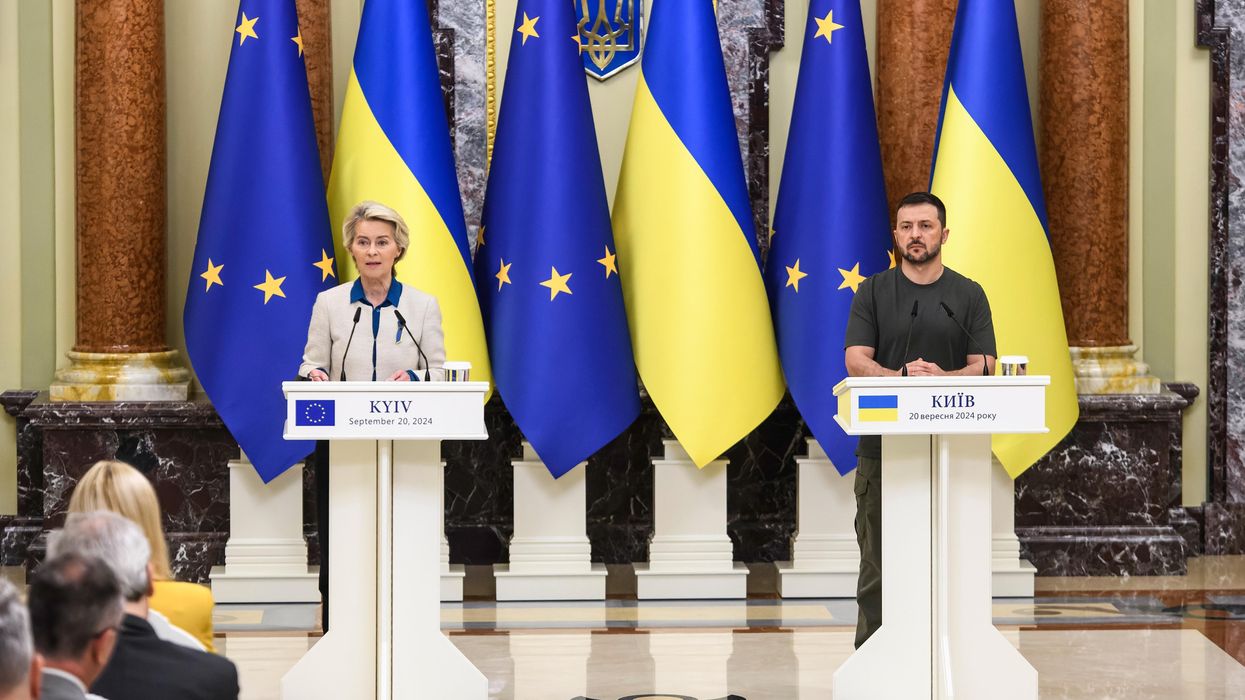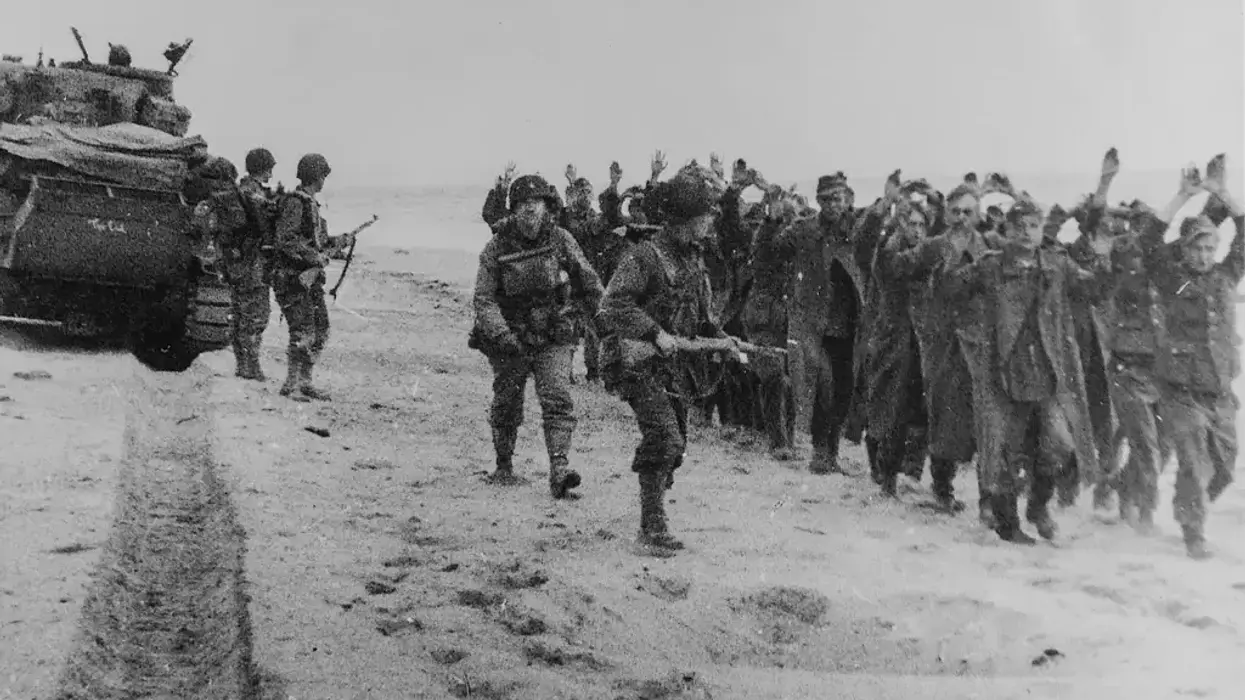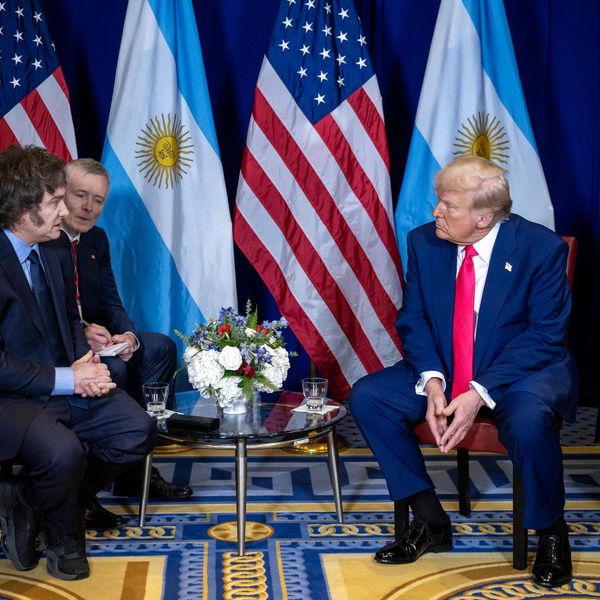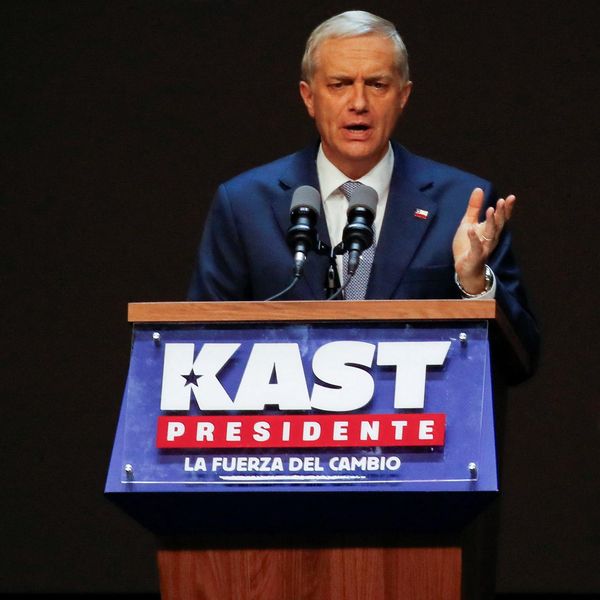Joe Biden deserves credit for having ruled out the most irresponsible policy options for dealing with Russia’s invasion of Ukraine. Nevertheless, U.S. officials continue to embrace other options that have alarming potential to embroil the United States in an armed confrontation with Russia.
Early on, he stated emphatically that the United States would not send troops to Ukraine or otherwise directly confront Russia militarily. Since then, he also has resisted pressure from hawks in both parties to impose a no-fly zone over Ukraine — a scheme that would be almost as reckless as sending U.S. ground forces. Enforcing a no-fly zone would require a willingness to shoot Russian planes out of the sky. Biden has been prudent enough to recognize that the move would likely trigger a U.S. war with Russia, with probable nuclear consequences.
The president even overruled a more limited, but still dangerous, plan being pushed by some NATO allies, especially Poland, to transfer jet fighters to Ukraine. That proposal seemed to have some support among Biden’s advisers. Secretary of State Antony Blinken stated in one press interview that the United States was giving a “green light” to Poland’s request to make such a transfer.
The White House backed away from that plan, however, when it became clear that Warsaw wanted to ship the jets to a U.S. airbase in Germany. The United States would then be responsible for transferring those planes to Ukraine, making Washington the point man in an escalating confrontation with Russia. The administration has held its ground even when more than 40 GOP senators signed an open letter pressuring the president to support Warsaw’s dangerous plan.
But there are other options getting a full embrace from the White House and administration that could escalate violence and drag the U.S. into direct conflict with Russia nonetheless. Even before the first Russian forces crossed the Ukrainian border, Washington and some of its NATO allies were lavishing arms on Kyiv and training Ukrainian military forces. Those arms packages included Javelin anti-tank missiles that have done so much damage to Russian armored columns. Shipments approved since the invasion have included more Javelins, plus Stinger anti-aircraft missiles.
A $3.5 billion aid package announced by Biden last week includes 800 anti-aircraft missiles; 9,000 anti-armor systems; 7,000 small arms, 20 million rounds of ammunition; body armor, and so-called ‘kamikaze’ Switchblade drones.
The U.S. and its allies also are considering shipping S-300 air defense systems to Ukraine.
This arms aid constitutes an extremely risky step. Moscow already has warned that convoys carrying such weapons are legitimate targets of war. Yet an attack on one of those convoys might well result in casualties among American or other NATO personnel—even if the interception occurred inside Ukraine. Moreover, the Kremlin’s declaration that the arms shipments are legitimate targets is not even the most worrisome indicator. In his first speech announcing the “special military operation” in Ukraine, Vladimir Putin warned all outside parties (clearly meaning NATO members) not to interfere. “Anyone who tries to interfere with us …must know that Russia’s response will be immediate and will lead you to such consequences as you have never before experienced in your history.” [Emphasis added]
Putin could easily interpret the U.S.-orchestrated cascade of NATO weaponry to support Ukraine’s military resistance as unacceptable interference. The same is true of another Biden administration measure—sharing intelligence data with Kyiv, possibly even providing Ukrainian forces with real-time targeting information.
By engaging in such conduct, U.S. leaders risk a direct military confrontation with Russia. That means that they are flirting with triggering World War III and the prospect of a devastating nuclear exchange. Ukraine’s security, territorial integrity, and even independence are not even remotely worth enough to the United States to incur such a risk to the American people.
The best way for the United States to stay out of a catastrophic war is to remain far back from any red lines that could trigger a confrontation. It is the height of folly to see how close we can get to such lines without inadvertently crossing one. Yet with its arms shipments to Kyiv and the sharing of military intelligence with Ukrainian forces, the Biden administration has adopted precisely that approach.
Extreme caution is perhaps even more essential in dealing with Russia than with any other major power, both because that country possesses several thousand nuclear weapons and bilateral relations have become so toxic. In the years leading up to Moscow’s decision to invade Ukraine, the United States and NATO blew through warning light after warning light that the Kremlin flashed with respect to the Alliance’s overall expansion to Russia’s borders, and especially NATO’s growing military collaboration with Kyiv. The Kremlin warned specifically that adding Ukraine to the Alliance would cross a red line that would require a harsh Russian response.
Just 2 months before the start of the war, Putin demanded that NATO provide security guarantees on an array of issues, including that Ukraine would never be invited to join NATO and that NATO forces would never be deployed on Ukrainian soil. The United States and its allies failed to respond positively to Moscow’s demands. Such arrogance and myopia with respect to Russia’s core security interests played a significant role in producing the current crisis.
Given that unfortunate track record, we must take Putin’s new warnings about the Ukraine war with far greater caution. Instead, the administration seems to be adopting a strategy toward Ukraine based on the model Washington used against Soviet forces in Afghanistan from 1979 to 1989. By providing funds and weapons to the Afghan mujahidin, the United States bled Soviet forces and created a massive headache for its superpower rival. That move was similar to (and payback for) the strategy that Moscow had used against the ill-fated U.S. intervention in Vietnam.
In both cases, the targeted superpower refrained from striking back with military force against its tormentor. We dare not assume, however, that Russia will play by the same proxy war rules with respect to Ukraine. In his speech announcing the invasion, Putin described the operation as a “question of life or death” that Russia was facing as a result of NATO’s expansion.
That comment strongly suggests that the Kremlin is prepared to do whatever is necessary to achieve victory. By bolstering Russia’s enemy and both impeding and bleeding Russian forces in an arena that Putin considers vital to his country’s security, Washington is pursuing a provocative, very risky strategy. The Biden administration is flirting with Armageddon.
















